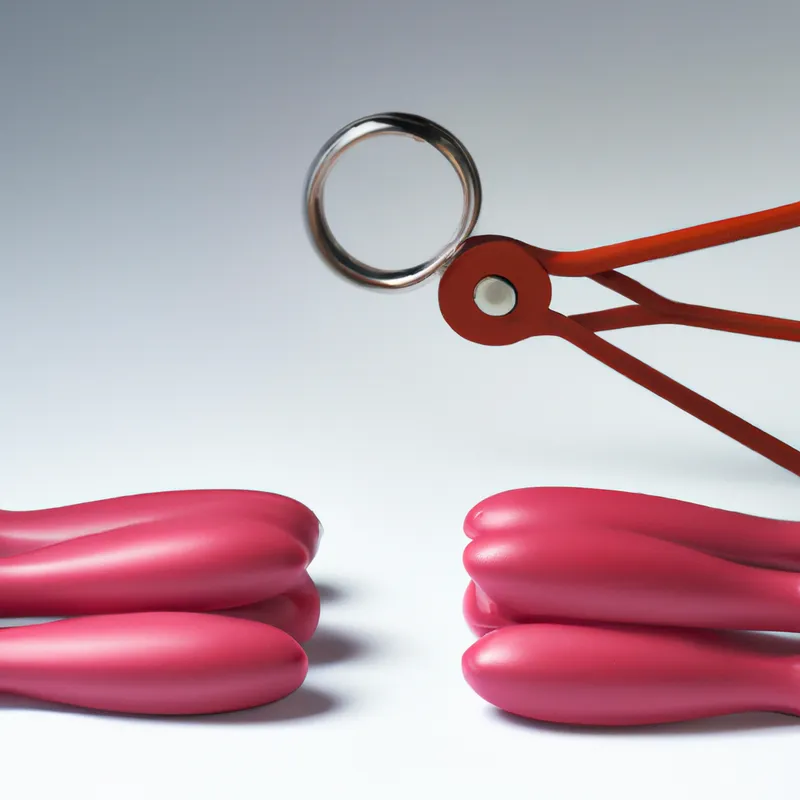Educate Yourself: Bodyweight Training for Women Explained
Bodyweight Conditioning for Women: Addressing Myths and Misconceptions
Bodyweight conditioning gains popularity among women seeking effective, accessible, and budget-friendly workouts. However, misconceptions still surround this exercise form. This blog explores these myths, provides actionable tips, and highlights bodyweight exercises’ benefits for women.
Understanding Bodyweight Conditioning
Bodyweight conditioning uses your body weight as resistance. It includes push-ups, squats, lunges, planks, and burpees. These movements enhance strength, flexibility, balance, and endurance. Bodyweight training requires no special equipment, making it adaptable for home, outdoor, or travel workouts.
Myth 1: Bodyweight Exercises Are Only for Beginners
Many believe bodyweight exercises suit only beginners. This misconception arises from thinking heavy weights challenge athletes. In reality, bodyweight exercises accommodate all fitness levels.
Advanced athletes often integrate bodyweight movements into their training. For instance, one-arm push-ups, handstand push-ups, and pistol squats require strength, balance, coordination, and control.
Bodyweight exercises offer versatility; you can modify them for your fitness level. If standard push-ups feel tough, start with knee push-ups or incline push-ups. As you gain strength, progress to standard push-ups and more challenging variations. This adaptability makes bodyweight training effective for women at any fitness level.
Myth 2: Bodyweight Training Won’t Build Muscle
Some believe bodyweight exercises fail to promote muscle growth. Many women worry that they won’t achieve toned physiques without lifting weights. This idea misrepresents how to build muscle mass.
Performing bodyweight exercises correctly creates significant muscle tension. This tension stimulates muscle fibers and promotes growth. Bodyweight training can induce muscle hypertrophy, especially with variations and increased repetitions or sets.
To enhance muscle-building potential, focus on slow controlled movements, maintain proper form, and add plyometric exercises like jump squats or explosive push-ups. These variations increase intensity and challenge your muscles.
Tips for Effective Bodyweight Conditioning
If you want to start or improve your bodyweight training, consider these practical tips:
1. **Establish a Routine**: Consistency drives results. Aim for at least three bodyweight conditioning sessions weekly. Schedule them.
Conclusion
Bodyweight conditioning offers numerous benefits for women. Overcome myths and misconceptions to unlock your potential. Embrace bodyweight training for effective workouts.
Below are related products based on this post:
FAQ
Are bodyweight exercises only suitable for beginners?
No, bodyweight exercises are not just for beginners. They can accommodate all fitness levels, including advanced athletes who integrate challenging movements into their training. You can modify exercises to suit your fitness level, making them versatile and effective for everyone.
Can bodyweight training help with muscle building?
Yes, bodyweight training can promote muscle growth. When performed correctly, bodyweight exercises create significant muscle tension that stimulates muscle fibers. To enhance muscle-building potential, focus on controlled movements, proper form, and incorporate variations like plyometric exercises.
How often should I do bodyweight conditioning workouts?
For effective results, aim for at least three bodyweight conditioning sessions per week. Establishing a consistent routine is key to achieving your fitness goals.















Post Comment